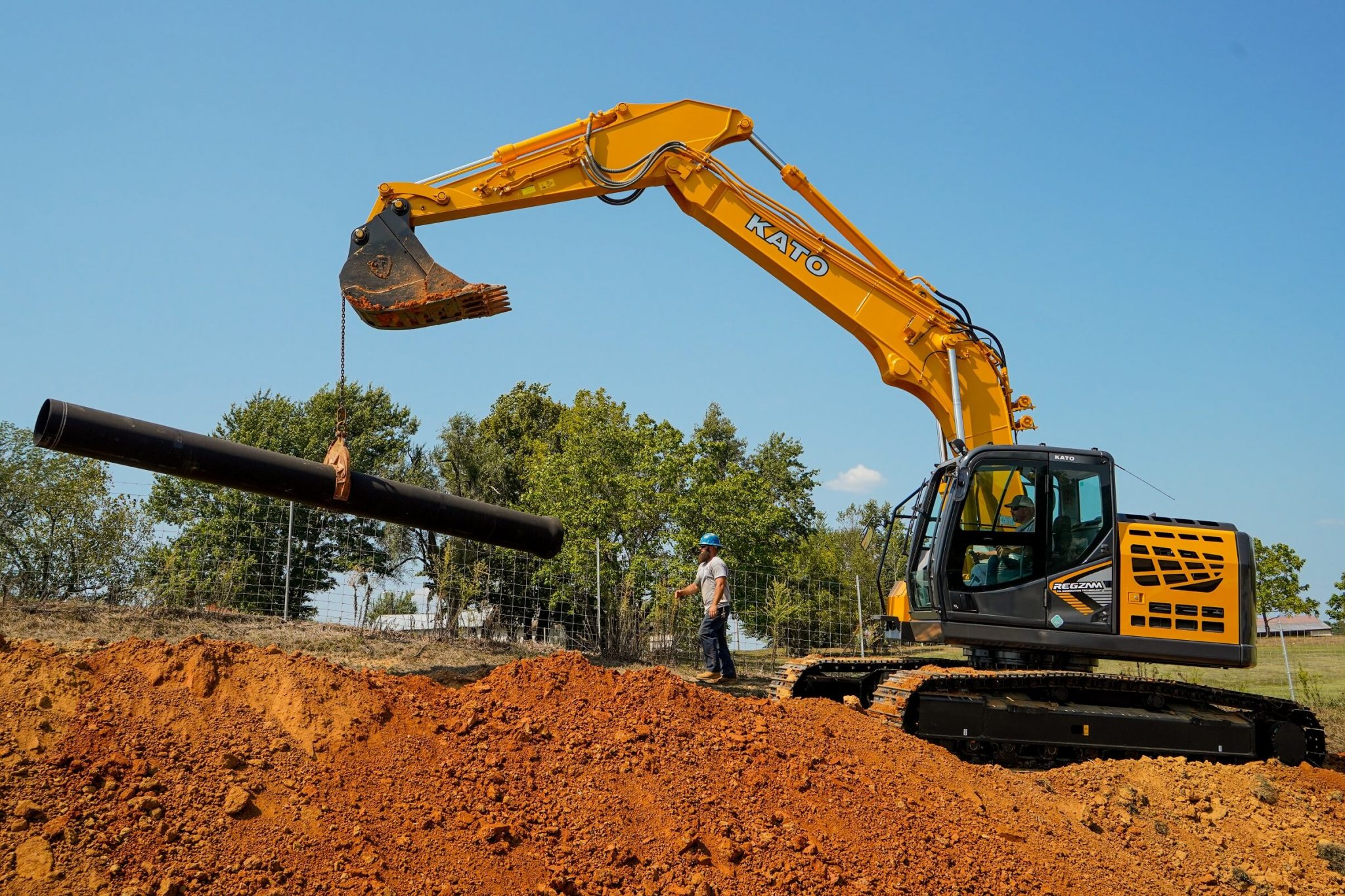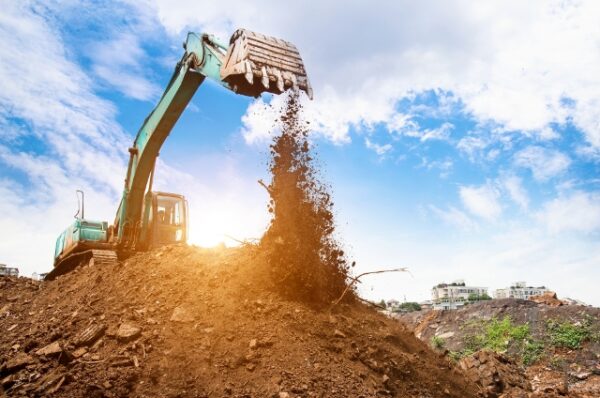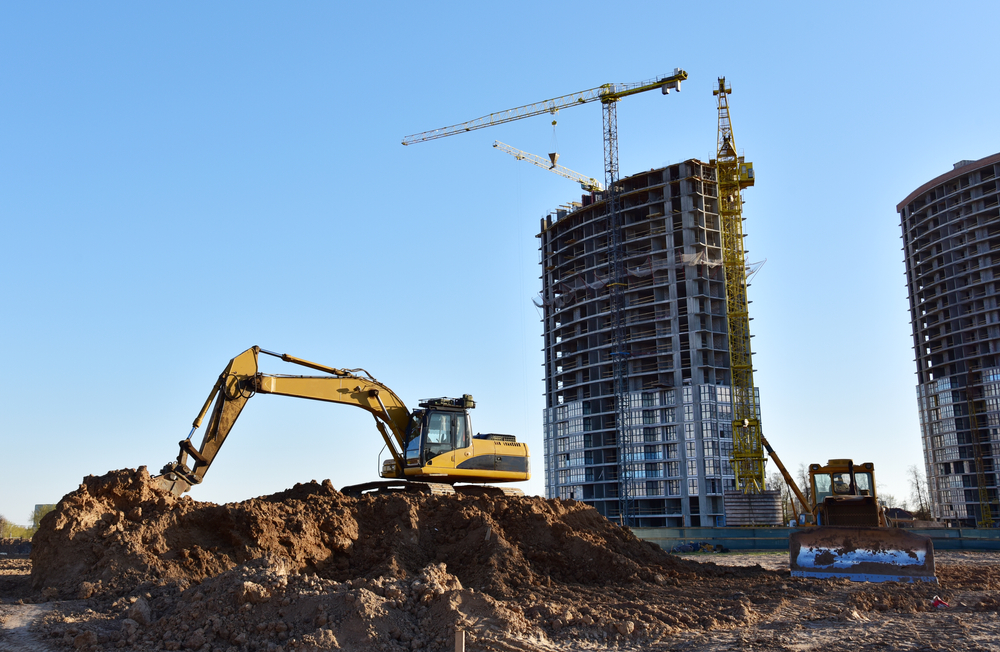
5 Types of Excavators for Every Kind of Construction Site
Excavators are applied to various contractor and industrial needs, including mining, road construction, building construction and demolitions.
There are many types of excavators — smaller machines handle digging and drilling functions, while larger excavators have different tools for heavy-duty projects. When renting your excavator, you’ll want to consider its size and speed as well as working conditions on the job site, such as the amount of space and the soil types.
Here are some types of excavators for every kind of construction site.
1) Wheeled Excavators
These are the most common type of excavators, and they are used for digging, lifting, and moving materials. They come in various sizes and are usually used for digging trenches and foundations.
Wheel-based excavators are often used for construction projects in cities and on roads, as they are more stable on flat surfaces than on the uneven ground. To improve stability when transitioning between flat surfaces like asphalt and concrete and uneven surfaces, operators can add outriggers for additional support.
2) Dragline Excavators
Dragline excavators are large machines that are used to move large amounts of dirt and rock. These excavators use a large dragline bucket, which is suspended from a boom. As the boom moves, the bucket is lowered and scooped up, then moved to a designated area.
Dragline excavators are used in mining operations, for digging foundations for large buildings, and for digging deep trenches for pipelines.
3) Suction Excavators
Suction excavators are machines that use powerful vacuum suction to move dirt and debris. They are commonly used for digging in areas with limited access, such as in tight spaces between buildings or in areas with shallow soil.
Suction excavators are used for digging post holes, underground utilities, and other applications that require precise and controlled excavation. They are also used to clean up hazardous materials, such as oil spills.
A suction excavator is an incredibly powerful machine that can provide up to 400 horsepower via a suction pipe. This pipe is equipped with sharp teeth, which generate a powerful vacuum that sucks up soil and debris at speeds of up to 200 miles per hour.
4) Skid Steer Excavators
Skid steer excavators are a type of excavator that is designed to be operated by a single operator. They are versatile piece of machinery that can be used for a variety of tasks, including digging, trenching, loading, and grading. They are often used in landscaping, construction, and demolition projects.
Skid steer excavators are typically smaller than other types of excavators and are equipped with tracks that allow them to move around easily. They are also equipped with a variety of attachments, such as buckets, augers, and rippers, which can be used for a variety of tasks.
5) Crawler Excavators
Crawler excavators are large, powerful machines that are used for demolition, excavation, and grading. They are equipped with tracks that allow them to move around easily, and they are typically larger than other types of excavators.
Crawler excavators are often used in mining and large-scale construction projects. They are also equipped with a variety of attachments, such as buckets, augers, and rippers, which can be used for a variety of tasks.
Conclusion
Excavators come in various sizes and types to suit different purposes and needs. Because of the diverse range of excavators available, it is important to carefully consider the specific requirements of the job before selecting an excavator.
If you want quality excavators for your construction site, Kato Works has you covered. We offer the best construction equipment in Australia perfect for any project. Get in touch with us today to get started.



